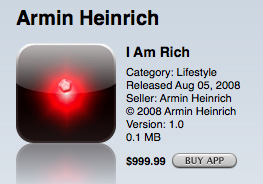Dell Adds AMD Processors
Subscribe! Spotify | RSS | More
August 17, 2006: Dell announced in 2006 they will begin putting AMD processors into Dimension desktops and later in the year Dell AMD servers will be available. On that same day, they announced that after an internal investigation into its accounting practices Dell would restate and reduce earnings from 2003 through Q1 2007. A total amount of between $50 million and $150 million was deducted – 2 cents to 7 cents per share.
Subscribe to Day In Tech History:
RSS Feed - iTunes - Android - Spotify - iHeartRadio
Facebook -
- RSS Bandwidth by Cachefly Get a 14 Day Trial
- Join me on Patreon and support Day in Tech History
- The first CD is made
- FBI search a SD “Forensic Tech Solutions” that had gained access to some government computers.
- US rules on Grokster for Peer to Peer and accountability



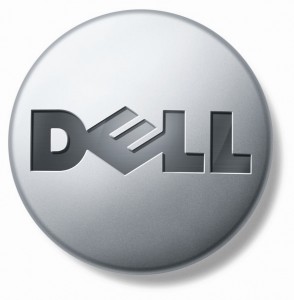

![Law[1] Law](https://dayintechhistory.com/wp-content/uploads/2013/08/Law1-340x250.png)
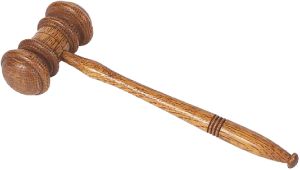

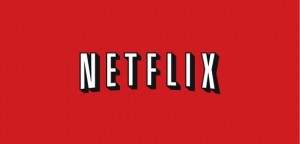

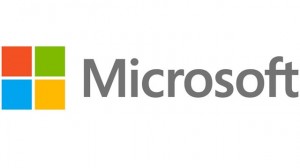
![red-hat[1] Redhat](https://dayintechhistory.com/wp-content/uploads/2013/08/red-hat1-340x250.jpg)
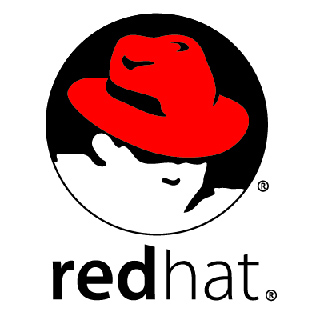


![Athlon[1] AMD Athlon](https://dayintechhistory.com/wp-content/uploads/2013/08/Athlon1-340x250.jpg)
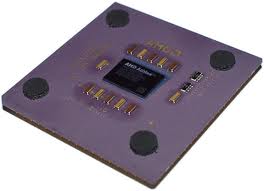
![Rick-iPhone-App[1] $1,000 Ruby iPhone app](https://dayintechhistory.com/wp-content/uploads/2013/08/Rick-iPhone-App1-340x250.jpg)
